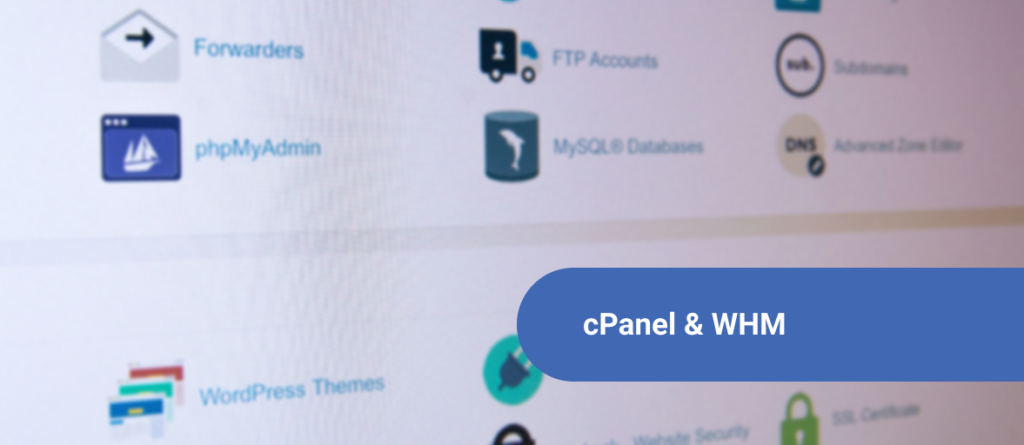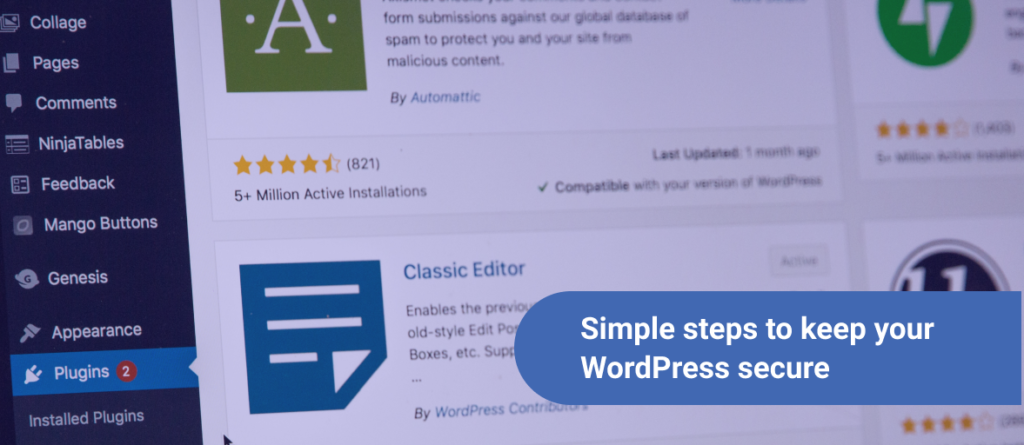The Bright Neon Lights of the Cloud
Big tech, and the big tools it provides, are attractive offerings for any small start-up. Dreams of making it big are fueled by provider promises of infinite scaling at the click of a mouse. A host of consultants and support contracts are ready to help you nestle safely into a soft, billowy cloud of infrastructure.
These easy paths to big infrastructure appeal to developers and DevOps engineers because we all like to use what’s familiar. Developing an application is hard enough without having to worry about the infrastructure details. Humans make decisions often based on inertia. Your grandfather’s cloud was good enough for your father, and it’s good enough for you—that sort of thing.
And that works fine… until it doesn’t.
Stuck on You
Most of these managed cloud services have a degree of lock-in involved in their implementation. Even if it’s not on purpose, your application may come to depend on services that a particular vendor provides. If you decide to switch hosting providers, a truckload of development work might be waiting for you to adjust to suitable replacements.
Tech conveniences have their price, and that price is highest when the rug is pulled out from under your organization with little to no warning.
The Protruding Nail Gets Hammered
At least at some level, we’re all aware that hosting “in the cloud” means your application runs on someone else’s servers. It’s their property, and they get to make the rules. If you aren’t in a controversial field (at least for the moment), you’ll probably be fine. But as the old Japanese proverb states, the nail that sticks out shall be hammered down. If you’re ruffling the feathers of big tech, you may get a cold shoulder when it comes to infrastructure hosting.
With Great Power Comes Great Responsibility
The powerful scaling capabilities, brand-name recognition, and widespread developer usage of big infrastructure-as-a-service cloud providers have given them a tremendous edge over their competition. They shape the industry in ways that many other companies can’t. Some of the providers are so large that they’re often directly invested in your competition. This puts companies in an uncomfortable dilemma—use commonly recognized cloud providers and hope to not step on their toes or build your own infrastructure.
But physical infrastructure, even at the finest co-location datacenters, is fraught with obstacles. Scaling quickly to meet increasing demand is difficult, especially when hands-on configuration is required. Running out of server space, rack space, or filling a cabinet can mean days, weeks or even months, of delays.
Modern websites and applications need the cloud, but the current environment that the mega cloud companies provide isn’t always welcoming to those who want to compete directly or who might sit on the edge of the Overton window.
Come for the Cloud, Stay for the Service
SkySilk doesn’t want to lock our customers into proprietary services or managed abstractions that rob you of your digital freedom. Our use of industry-standard technologies like Proxmox, Ceph, LXC, KVM, and Linux means you won’t be setting down roots in constantly shifting soil.
Even though we use best-of-breed servers and routers and provide a robust dashboard to manage your services, there’s nothing magical about our configuration that would prevent you from implementing your setup in another provider.
We believe the best way to make you feel welcome in our cloud is for you to sleep safely knowing you can leave at any time without a significant tech reinvestment.
SkySilk is Ready for Prime Time
Big tech has had the field for a long time, but we’re in the game with a complete set of infrastructure resources to help you succeed. From super-fast, reliable, and affordable compute instances on an InfiniBand backbone to our managed Ceph distributed storage system, we have you covered. Our New York and Los Angeles data centers are ready to scale with you now. In addition, SkySilk is adding resources in multiple cities across North America to give you the tech footprint you deserve.
Don’t Put All Your Eggs in One Basket
Perhaps your company is looking for additional resources without a full migration. SkySilk has a fair number of clients who use us as a warm backup or an additional geographically distributed datacenter for their overall infrastructure. Having a path to an alternative provider is one of the best disaster recovery plans you can ever set up for your organization.
Even if your company isn’t that proverbial nail waiting to be hammered, a natural disaster or large-scale internet outage can wreak havoc on a single-provider setup. A simple warm-standby cluster might mean the difference between a slight delay and a business-ending outage.
Decentralization is The Future
Peer-to-peer technologies like the blockchain have shown us that large central repositories of data aren’t necessary to form cohesive information stores. If infrastructure is destined to become a commodity, then we believe it should be something everyone can depend on—not just those approved by big tech.
We’re excited to see what you build on SkySilk!







